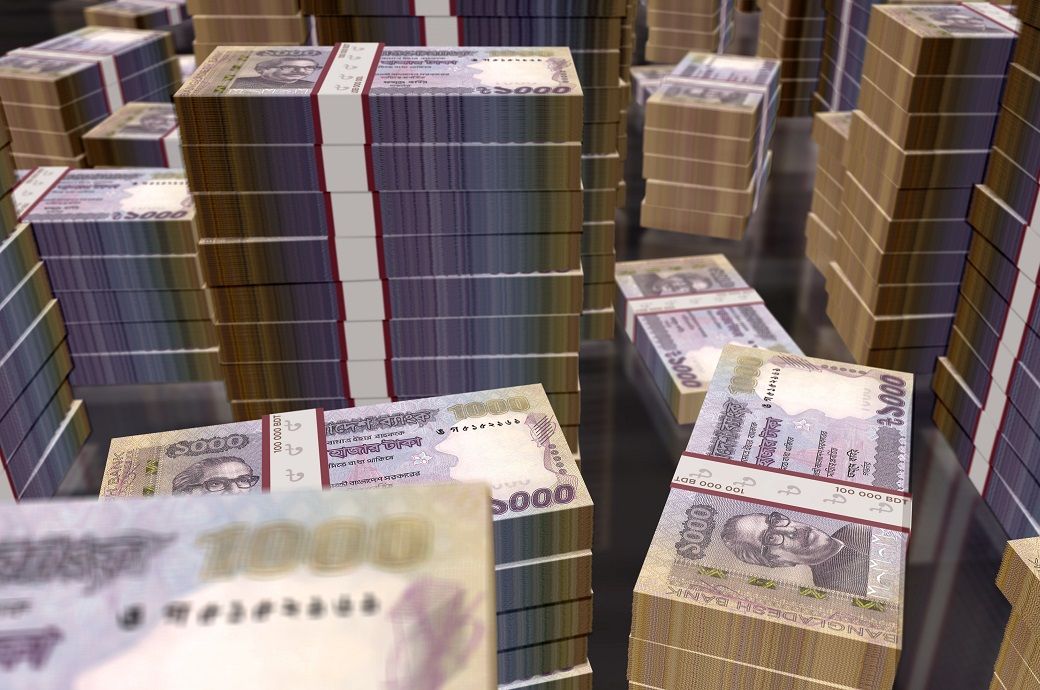Bangladesh needs urgent monetary reforms to boost forex reserves

Insights
- Bangladesh urgently requires monetary reforms and a unified exchange rate to improve foreign reserves and reduce inflation, as per a World Bank report.
- The report advocates for structural reforms to diversify the economy and enhance resilience, facing challenges like persistent inflation, a high NPL ratio, and a slowdown in private sector credit growth.
The report advocates for increased exchange rate flexibility to achieve a balance between demand and supply in the foreign exchange market and emphasizes structural reforms to diversify the economy and enhance resilience over the medium and long term. Such reforms include steps to increase government revenue, which in turn would fund investments in infrastructure and human capital.
Bangladesh's economic landscape has been marred by persistent inflation, eroding consumer purchasing power and dampening investment through tight liquidity conditions, rising interest rates, import restrictions, and the escalation of input costs following hikes in administered energy prices, as per World Bank.
The private sector's credit growth has further decelerated in the fiscal 2024 (FY24), indicating a broader investment slowdown. The banking sector faces challenges with a high non-performing loan (NPL) ratio, exacerbated by lenient reporting standards and weak regulatory enforcement. However, a silver lining appears as the Balance of Payments deficit showed signs of moderation in the first half of FY24, thanks to a current account surplus.
“Bangladesh’s strong macro-economic fundamentals have helped the country overcome many past challenges,” said Abdoulaye Seck, World Bank country director for Bangladesh and Bhutan. “Faster and bolder fiscal, financial sector, and monetary reforms can help Bangladesh to maintain macroeconomic stability and reaccelerate growth.”
A companion piece, the World Bank's South Asia Development Update—Jobs for Resilience, projects South Asia as the fastest-growing region globally for the next two years, with growth rates of 6 per cent in 2024 and 6.1 per cent in 2025. This optimistic growth forecast is propelled by strong performances in India and Bangladesh, along with recoveries in Pakistan and Sri Lanka.
Despite this positive outlook, the report warns that the strong growth figures mask underlying vulnerabilities. For many countries in the region, economic growth remains below pre-pandemic levels, heavily reliant on public expenditure. Structural challenges persist, posing threats to sustained growth and the region's capacity to generate employment and withstand climate impacts. Notably, private investment growth has decelerated across South Asian countries, with the region struggling to create enough jobs for its burgeoning working-age population.
The demographic trends in South Asia further accentuate the employment challenge. The region has seen its working-age population growth outpace that of other developing regions. Yet, the employment ratio in South Asia stood at 59 per cent in 2023, significantly lower than the 70 per cent observed in other emerging market and developing economy regions.
Fibre2Fashion News Desk (DP)
































-Ltd..jpg?tr=w-120,h-60,c-at_max,cm-pad_resize,bg-ffffff)





.jpg?tr=w-120,h-60,c-at_max,cm-pad_resize,bg-ffffff)
.jpg?tr=w-120,h-60,c-at_max,cm-pad_resize,bg-ffffff)






